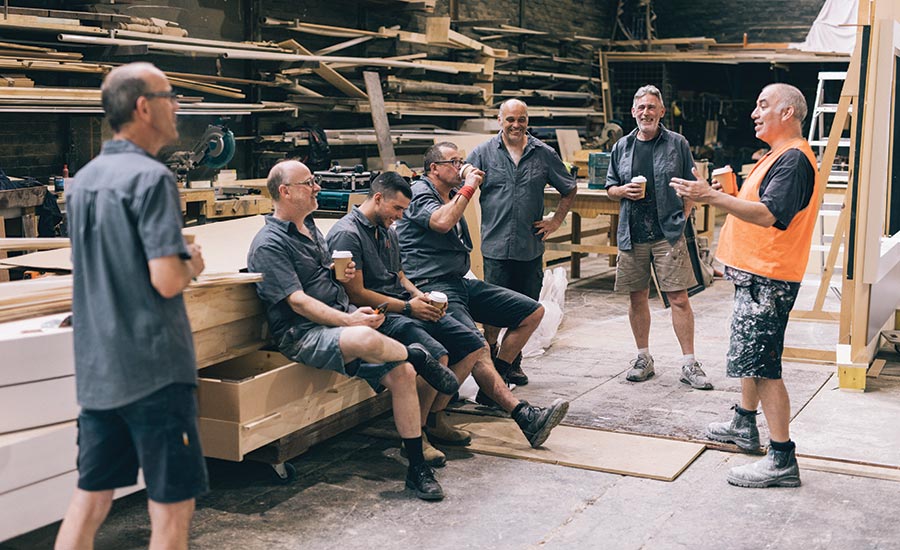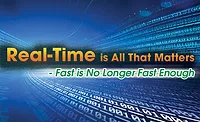A Strong Culture Looks More like a Sports Team than a Family

Many view the family as a model for the perfect company culture.
I admit that when starting Next Gear Solutions, I thought the same thing. A family is much better than a cold business environment that cares only about the company’s needs and not about the needs of the employee, right? If faced with only those two options, I would continue to choose the “family business model,” but I believe there is another more optimal choice, which is the “sports team” business model.
First, what are the downsides to the family model and how are they inconsistent with even the friendliest of business cultures?
- The family model suggests a lack of choice in the relationship on both sides. We don’t draft our family and most family relationships are ones we did not get to choose. We all have that crazy uncle or cousin who disrupts family get-togethers, making the holidays less than ideal. While we may sometimes try distance as a remedy, generally speaking, we can’t trade family members who don’t fit well to a different team. In a family, relationships that are less than optimal often do not get addressed directly because there are few options for change on either side.
- We don’t hold family members accountable or push them to perform according to our ideals. The family foundation is mostly built on love, not performance. So, we generally love family members who don’t meet their potential, even if we encourage them to do so. We usually do not separate ourselves from family members who cannot get their act together. In short, we don’t choose our family, changing less than ideal members is not typical, and the expectations on family performance are low, with love ruling the day.
Hopefully, the point is already becoming clear; the family construct is not consistent with or as helpful as one might think in creating a high performing company culture. While the family culture model is helpful for getting past basic problems when dealing with company vs. employee dynamics, it can be harmful in taking the next step toward consistently winning the game, generally requiring not only motivation, but accountability, performance, and scalability.
In contrast, a team model for creating a successful business culture aligns more closely to the realities of a restoration business and provides a framework for winning, which is something nearly all restoration companies strive to do. In a team construct, all team members want to achieve the same goal and have a unique role in achieving that success.
The team is managed by the coach, who works to provide the best chances of winning. Each team member joins the team understanding the goals of the team and their role and responsibilities. It is expected that each team member will hone their skills by regularly practicing, so that they won’t let their teammates down. Coaching and direct constructive feedback does not cause drama but is expected and desired. Team members are not only held accountable by the coach, but by the entire team, forcing each person to do what it takes to contribute value to the greater team.
Professional teams, when well developed, are perfect constructs to become scalable: each member is aligned with the higher goal of winning, realizing their position may change as the team changes. In a team culture, members who no longer fit for any reason generally self-select out and join other teams that they are more aligned with. If they don’t, they can negatively impact the team. It is the coach’s responsibility to make a “trade” and assure they have the strongest team possible.
The transition from a family culture to a sports team culture is not always smooth. For some, the focus on performance and accountability and the loss of tenure can be disconcerting. The family construct is comfortable, while a team might feel more cutthroat and competitive.
This is where the coach becomes so important. Great teams are more than a family unit; they are individuals bound together by choice, dedicated to achieving something great together, where each person is willing to do their part to win. The coach is responsible for painting the vision, while inspiring, training, and building the team for success. Just like any sports team, this requires data, reflection, tweaking, and training.
Understanding and tracking the Key Performance Indicators (KPIs) that are key to managing a winning team, being able to track performance, and holding the team accountable to objectives is important to being game-ready. While KPIs are critical, having a playbook and a set of processes that ensure success is even more important.

Many restoration companies are small, family businesses. While family ties may be the reality for some restoration businesses, the culture does not necessarily have to follow suit. In fact, transitioning to a team mentality can help overcome some of the common issues when working with family members.
The benefits of a team culture are too vast to list in this one article, but if winning is a priority, choose a cultural model that is designed to do just that. Know that a team approach is only a problem for those who are not aligned with the idea the company exists to be successful. Most importantly, the team model is not an excuse to unleash a culture that only cares about the company, retreating back to the cold, corporate culture models of days gone by.
On the contrary, in order for a team to be truly successful, there is a recognition that each team member is important and so is their individual development and success. A coach can’t just demand performance. They have to cultivate it; helping each team member reach their potential is a benefit for both the team and the individual. Just like with traditional sports teams, coaches (owners and managers) need a playbook and strong processes that lead to success. Additionally, stats or KPIs are vital for measuring performance giving the team member something to shoot for with empirical evidence of their success or failure.
The transition from a family to a team requires a new way of talking about the business and the data to support that conversation. It is important that those looking to make that move value both.
Looking for a reprint of this article?
From high-res PDFs to custom plaques, order your copy today!





